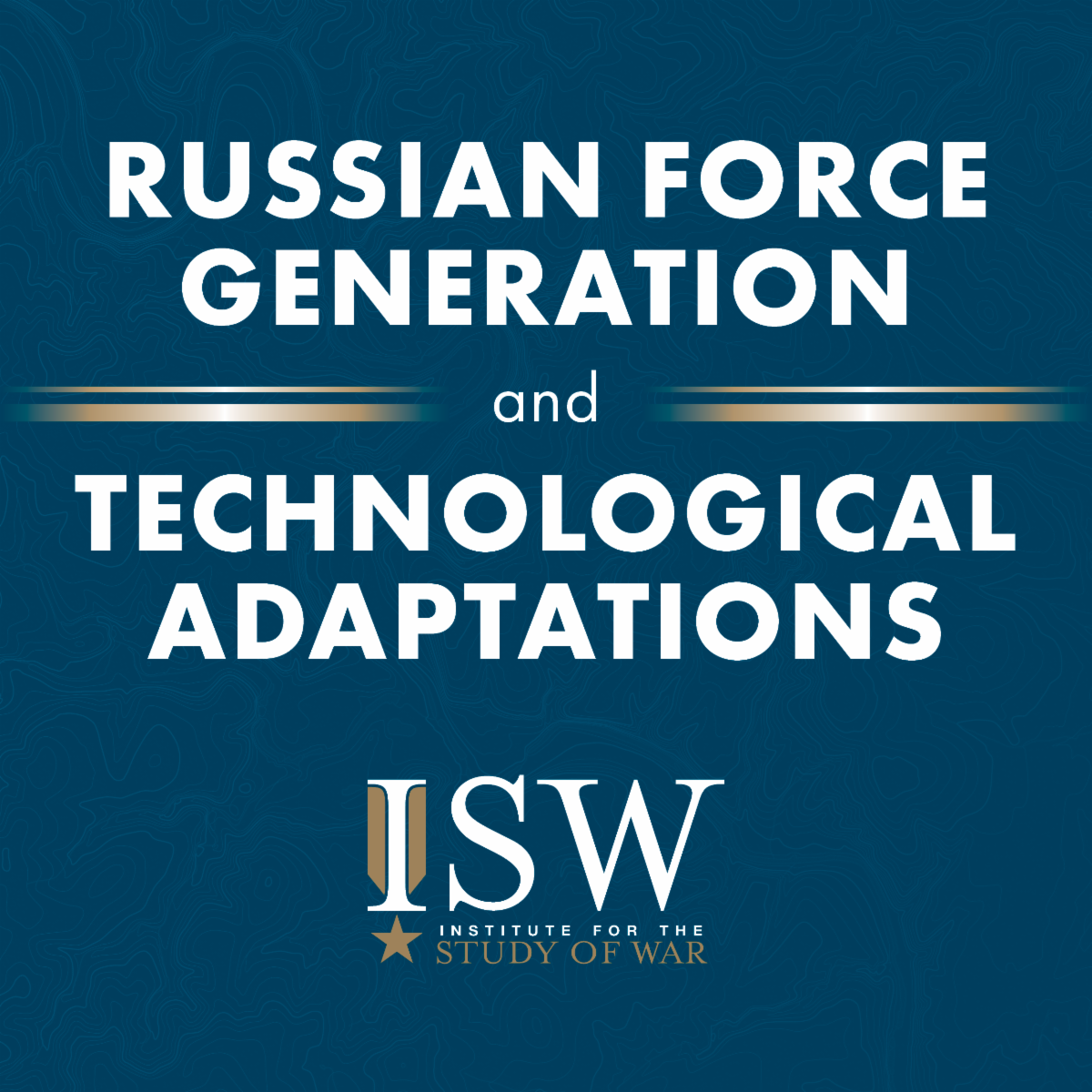Ukrainian officials warned that the People's Republic of China (PRC) is increasingly enabling Russia to improve and grow its drone production. Ukraine's Foreign Intelligence Service (SZRU) Spokesperson Oleh Aleksandrov told Politico in an interview published on June 5 that Chinese manufacturers are providing Russian developers with hardware, electronics, navigation, optical, and telemetry systems, engines, microcircuits, processor modules, antenna field systems, and control boards. Aleksandrov stated that Chinese manufacturers evade sanctions and export controls by changing company names and using shell companies. Aleksandrov added that Russia has a critical dependency on Chinese components to produce tactical and long-range drones and that Russia boosted its long-range drone production from 15,000 drones in 2024 to over 30,000 drones in 2025 and small tactical drone production to two million drones per year. Ukrainian President Volodymyr Zelensky also implied that the PRC placed restrictions on Ukrainian and European drone procurement but did not impose the same restrictions on Russia.
Russian developers are increasingly relying on Chinese components to integrate artificial intelligence (AI) and machine learning (ML) capabilities into Russian drones and expand the use of AI/ML drones on the frontlines in Ukraine. Ukraine's Main Military Intelligence Directorate's (GUR) War&Sanctions project reported on June 9 that Russian forces are actively using V2U strike unmanned aerial vehicles (UAVs) in the Sumy direction. The War&Sanctions project reported that V2U drones can autonomously search and select targets using AI and that these drones are based on the Chinese Leetop A203 minicomputer and a central processor with an American NVIDIA Jetson Orin module. The War&Sanctions project reported that V2U drones only have one GPS module, which the GUR assessed indicated that Russian forces gave up on using satellite navigation due to Ukrainian electronic warfare (EW) effectiveness. The War&Sanctions project added that V2Us are likely using "computer vision" for navigation, which allows the drone to compare the image obtained from the drones' cameras and pre-loaded photos of the area. The War&Sanctions project noted that Russian drone operators can control the V2U drones as first-person-view (FPV) drones via LTE connection and that an installed modem-router allows the drone to work with Ukrainian mobile operator SIM cards. The War&Sanctions project reported that the base of the modem is of Chinese origin despite Russian markings. The War&Sanctions project added that Russian developers assembled V2U drones mainly with Chinese-made components such as the engine, GPS module, servos, solid-state drive, rangefinder, speed controllers, and batteries. ISW recently assessed that Russia has been increasingly scaling up the development of drones with machine vision in Spring 2025 and increased their use on the battlefield in May 2025.
Russian developers also rely on Chinese manufacturers to extend the range of Russian fiber-optic drones. Ukrainian electronic and radio warfare expert Serhiy "Flash" Beskrestnov amplified footage on June 5 reportedly showing a Chinese-made, 50-kilometers-long fiber-optic coil that will enable Russian forces to fly these drones at a longer range. The coil reportedly weighs 3.8 kilograms. Russian forces have been increasingly using fiber-optic drones on the battlefield, particularly in the Toretsk-Kostyantynivka direction.
Key Takeaways:
- Ukrainian officials warned that the People's Republic of China (PRC) is increasingly enabling Russia to improve and grow its drone production.
Russian Force Centralization
- The Wagner Group announced on June 6 that it is leaving Mali after 3.5 years likely as part of the Russian Ministry of Defense's (MoD) ongoing effort to replace remaining Wagner personnel with state-controlled Africa Corps.
- The Kremlin appears to have entrusted a Russian billionaire with control of the Africa Corps, contradicting the ongoing centralization effort.
Russian Military Reforms and Force Restructuring
- The Russian National Guard (Rosgvardia) is reportedly planning to bolster security around Russian infrastructure to protect infrastructure from Ukrainian drones.
Militarization of Society and Youth
- Russian authorities reportedly proposed that Rosgvardia oblige cadets to watch state media propaganda programs in an effort to involve them in special propaganda and counter propaganda efforts.
- Russian authorities approved a plan to construct a "Warrior Temple" for Russian veterans of the war in Ukraine outside of St. Petersburg.
Russian Defense Industrial Base
- The Russian Government announced on June 9 the establishment of the Russian Artificial Intelligence (AI) Development Center.
Russian Technological Adaptations
- Russia is belatedly constructing hangars and other defensive infrastructure across airfields in Russia and in occupied Ukraine to protect Russian aircraft from Ukrainian drones.
Significant Russian Military Exercises - Russian forces continued major naval exercises in the Baltic Sea involving more than 20 warships and 25 aircraft, likely in support of the Kremlin's recent escalatory rhetoric against the Baltic States.
| 




 [ISW] 이란 업데이트, 2025년 6월 11일
[ISW] 이란 업데이트, 2025년 6월 11일
 [ISW] 적대적 협상 태스크포스, 2025년 6월 11일
[ISW] 적대적 협상 태스크포스, 2025년 6월 11일